5 Basic Color Rules Every Homeowner Should Know
This post may contain affiliate links. If you make a purchase through one of my links, I may make a small profit at no expense to you. For further information, please view my policies.
Moving into your first home can be an exciting step in your life. That being said, turning your home into your dream home can come with a great deal of stress. Especially when it comes to basic design elements like finding the right color palette for each room!
But renovating doesn’t have to be stressful. The secret? It all starts with finding the right knowledge to make the process simpler.
If you’re struggling to pick out the right colors for your home, here are five basic color rules to help you get started.
1. Find a Neutral Color That Allows for Flow Throughout the House
Oftentimes, homeowners choose colors based on their likes and dislikes rather than considering the big picture and how the entire home’s color scheme would look.
When this happens, you can end up with a wide variety of colors throughout the house that produce a jarring effect rather than one of peace and tranquility.
If there’s one thing you need to focus on when deciding which colors will make up your house, it’s this word: transition.

The key to picking out colors that will truly lend themselves to the beauty of the house is to focus on flow and to choose neutral colors that dominate the major spaces in your home.
From there, you can then select colors that work with the individual rooms in your house. If you color each room based on what colors you like rather than thinking of how it will impact the house as a whole, it can spell disaster.
2. Use the 60-30-10 Rule
The 60-30-10 rule can be helpful for new homeowners struggling to find the right colors for different areas of their home.
Here’s how it works:
● Dedicate 60 percent of your space to a certain color. This color will act as the anchor, usually dominating your walls, large accent pieces, and furniture. With this color in place, it gives you the ability to personalize your space without ending up with a clashing, jumbled mix of colors.
● The next 30 percent of your space should be dedicated to a secondary color that supports your main color. Secondary colors will often be found on accent walls, small furniture, and fabrics that adorn the home. The key is to find a color that blends in with your main color. But it should still add enough variation to add some excitement.
● You can dedicate the remaining 10 percent to accents around the room. Think throw pillows, artwork, or other pop colors that really contribute to the room’s feel and design. This last color supports the two other colors and ties everything together.
Of course, this still leaves one major question — which colors should you pick?
The best way to get started is to delve deeper into the color wheel. That way, you can determine how others choose their color schemes and consider which options would look best for your rooms.
Once you find the central color, it’s all about finding corresponding colors that work well to support this anchor choice.

With this rule, you’ll find it much easier to develop a cohesive color scheme, regardless of the room you’re in.
3. Build Upon Neutral Colors With Texture
Many assume that neutral colors result in a boring space. However this could not be further from the truth! What serves to liven up your space are the items that you put in a room to build upon your color palette.
Relying on the color of your walls and floor alone to determine how your room will look and feel won’t provide you with an accurate depiction of the end result.
Do you enjoy a more minimalistic color palette but worry that the neutral tones will result in a dull environment? Then try adding textured wallpaper, furniture, and eye-catching accent pieces to pull the room together.
When it comes to enhancing neutral color schemes, texture and pattern are your friends!
4. Develop Your Colors Around the Furniture You Have (or want)
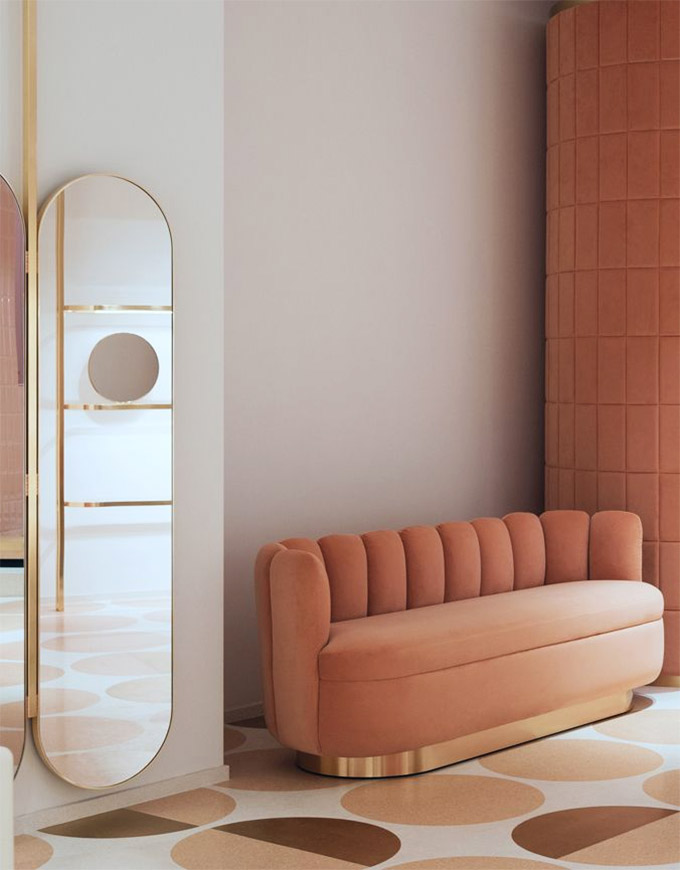
Remember that designing your space to create the look that you want often comes with time. Not all homeowners will have the budget to immediately pursue all of their renovations and furniture purchases at once.
Take a look at the items you currently own (or consider what you can afford over time) and ask yourself: how can I develop a color scheme around my current furniture?
If you end up creating an environment that doesn’t work with what you have, it can make it harder to enjoy your space.
5. Don’t Put the Pressure on Yourself: Seek Inspiration Elsewhere
Your color scheme doesn’t have to be original to work for you. Take the time to seek out inspiration from other sources, especially if you’re stuck! Inspiration can be a full house tour that you saw and loved, or just a single room that struck you.
For example, if you’ve fallen in love with a chic mid-century dining room or bedroom look, you can base your color scheme off of these ideas rather than thinking of something off of the top of your head.
If you’re having trouble finding your style, don’t fret! Look around at popular interior design styles, what others are doing, and how you can leverage these ideas to create the home of your dreams.
Pinterest is an amazing resource for quickly finding inspiration and reference images. It’s definitely the best visual search engine out there. And it’s free, so don’t be afraid to use it!
To check out all my curated home decor boards on Pinterest, click here!
Whenever I’m designing a space, I like to create a fresh new board and start pinning all my favorite inspiration images there. It’s exciting to see how things unfold, and it’s super handy for keeping track of what you like.
You can also find tons of talented interior designers and home decor content creators on Instagram that can provide infinite inspiration if you’re stuck.

Like anything else within your home, colors aren’t permanent. However, a full redesign can be tricky. That’s why many place so much emphasis on making sure that they choose the right color palette right out the gate.
Still, finding the perfect color scheme for your home can be a difficult feat for many new homeowners, especially if you’re looking to use different colors throughout different spaces.
If you’re struggling to nail down the colors that would work for your home, use the five rules above to guide you to your ideal palette and make the process a bit easier as you move forward.

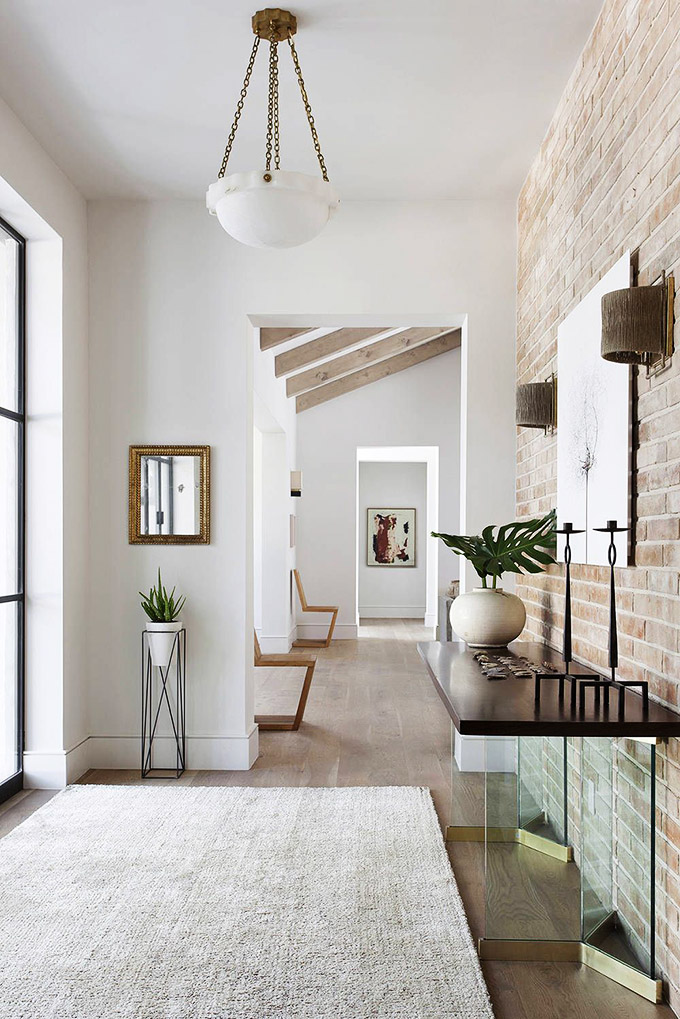
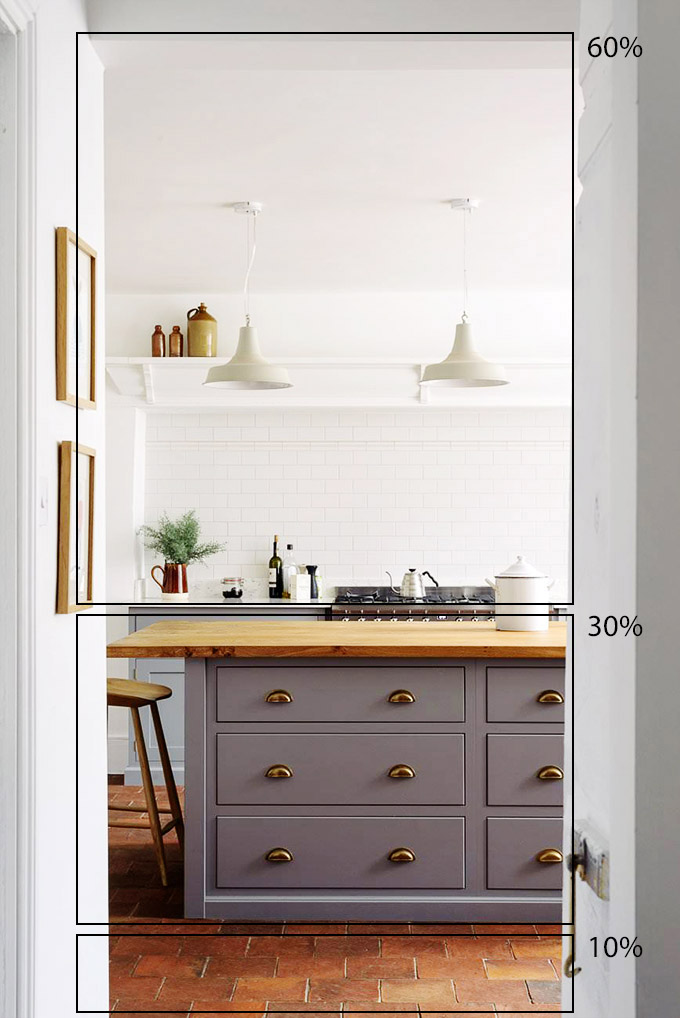

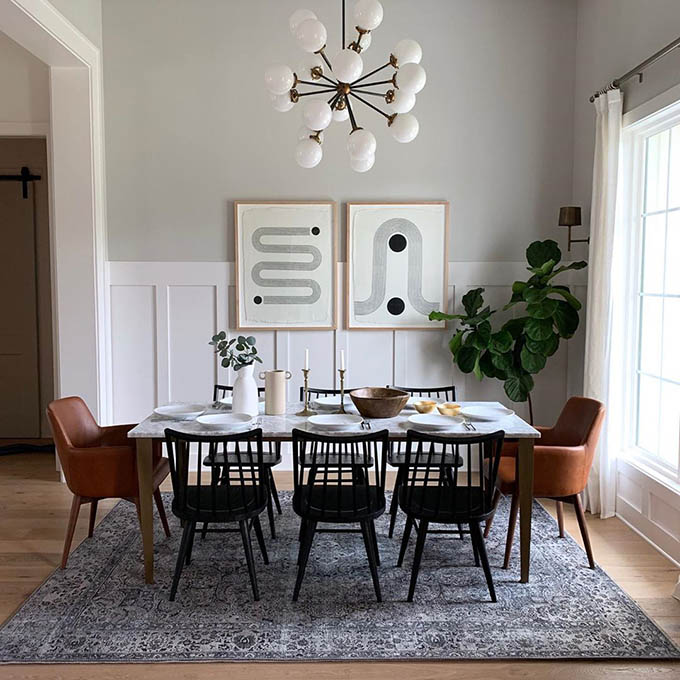
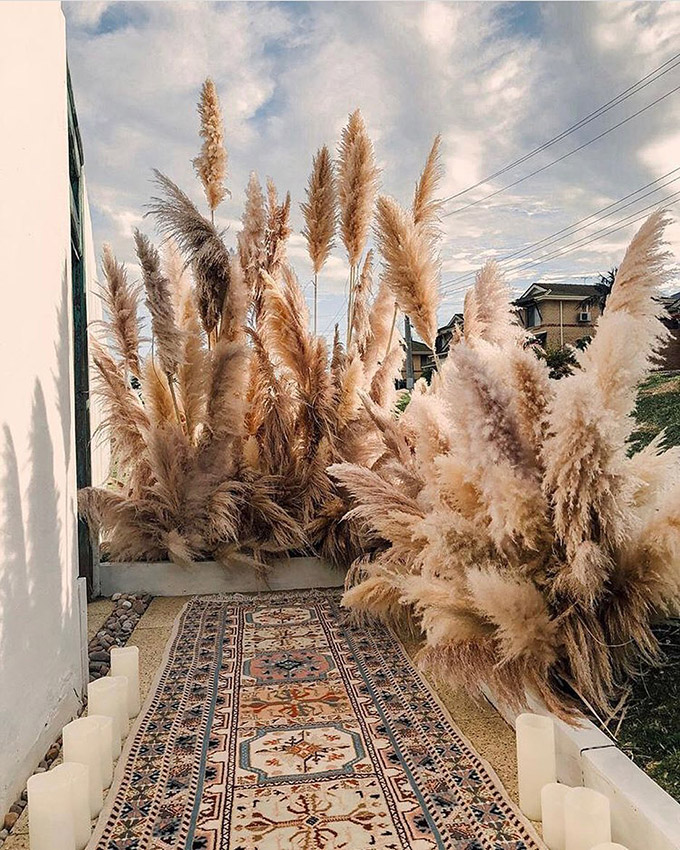
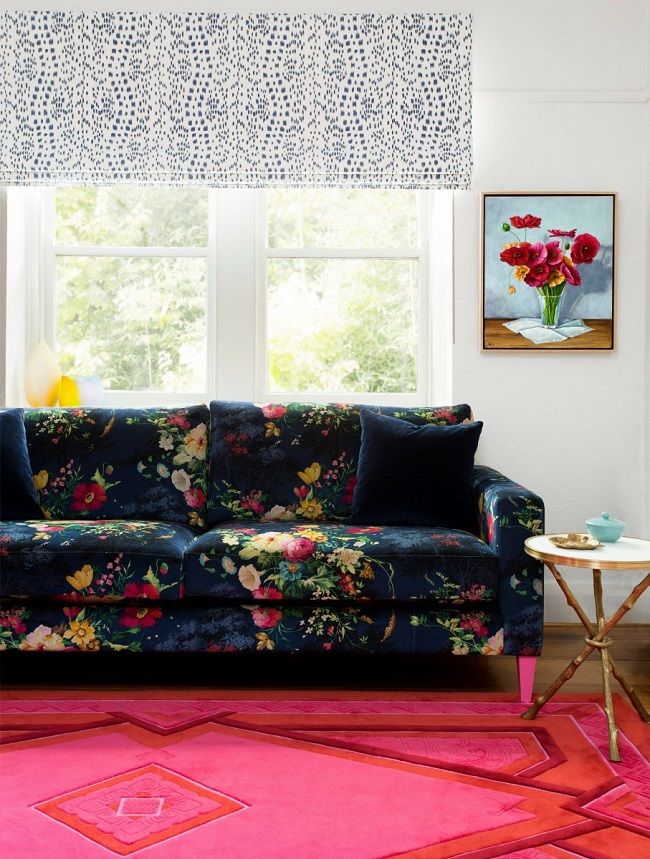
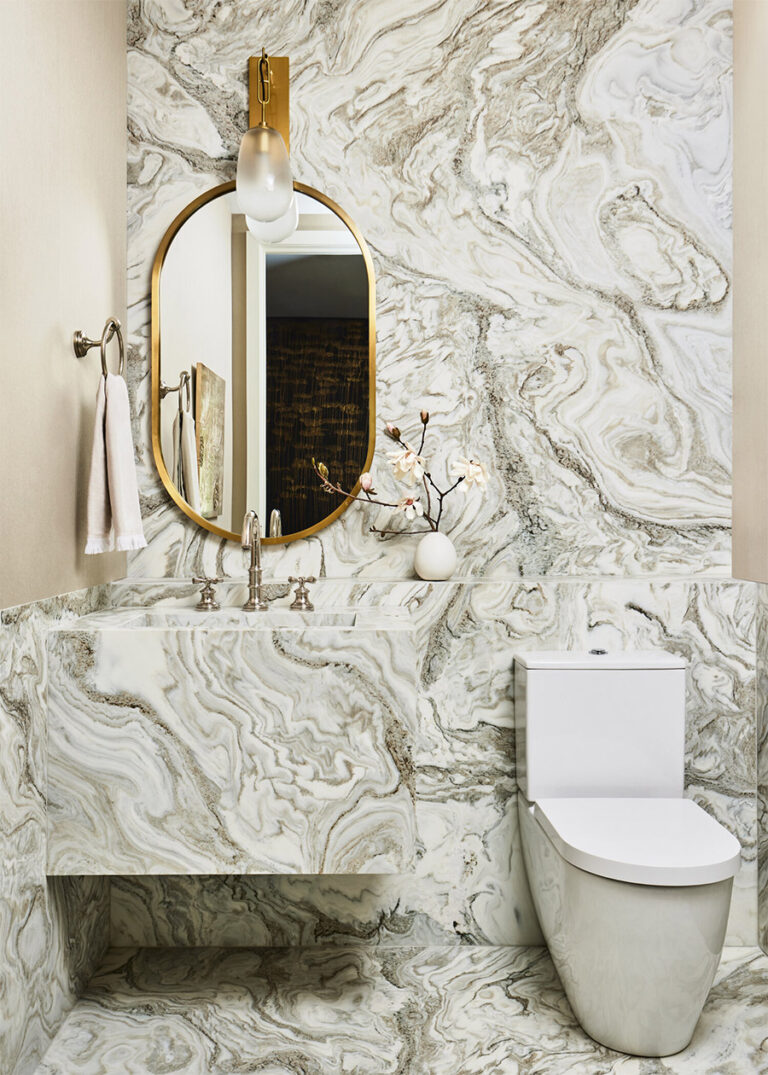
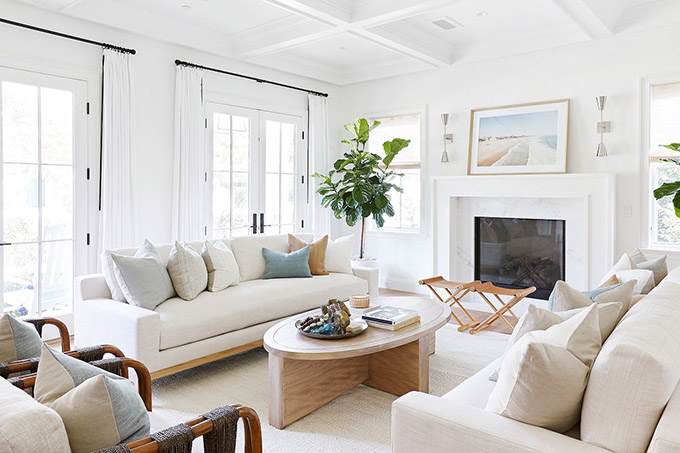
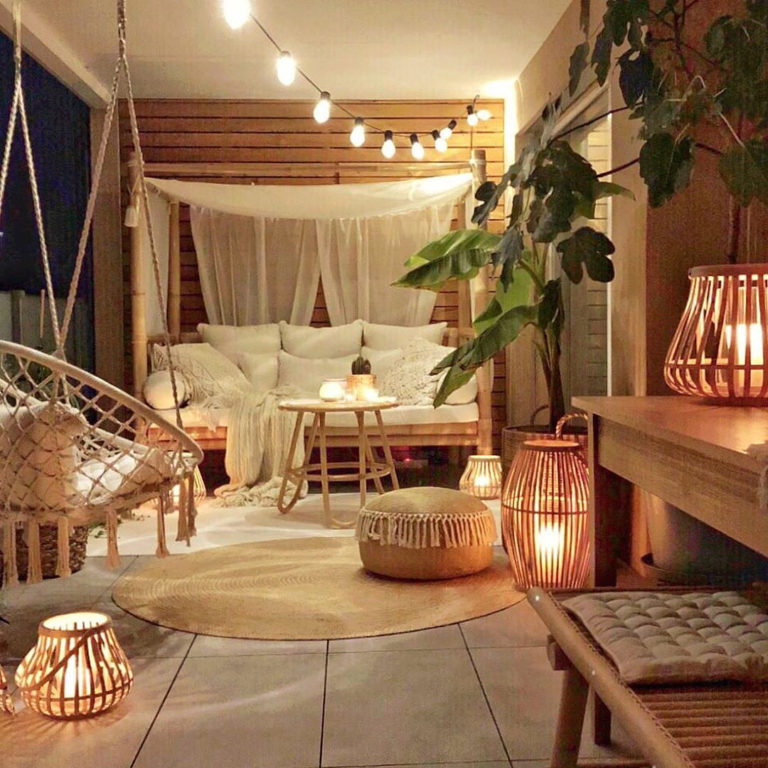
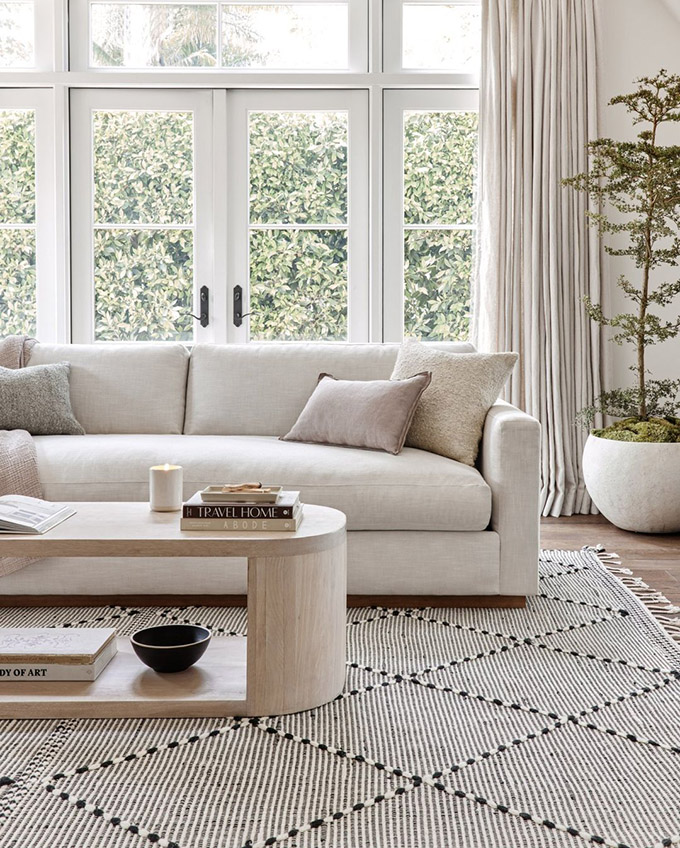
Really like these more technical articles. One of the things I appreciate about poshpennies is the focus on actual design rather than “lifestyle” stuff.
thank you 🙂